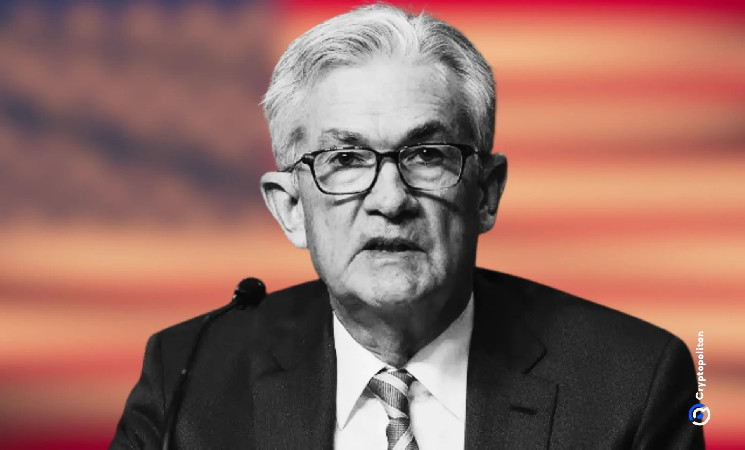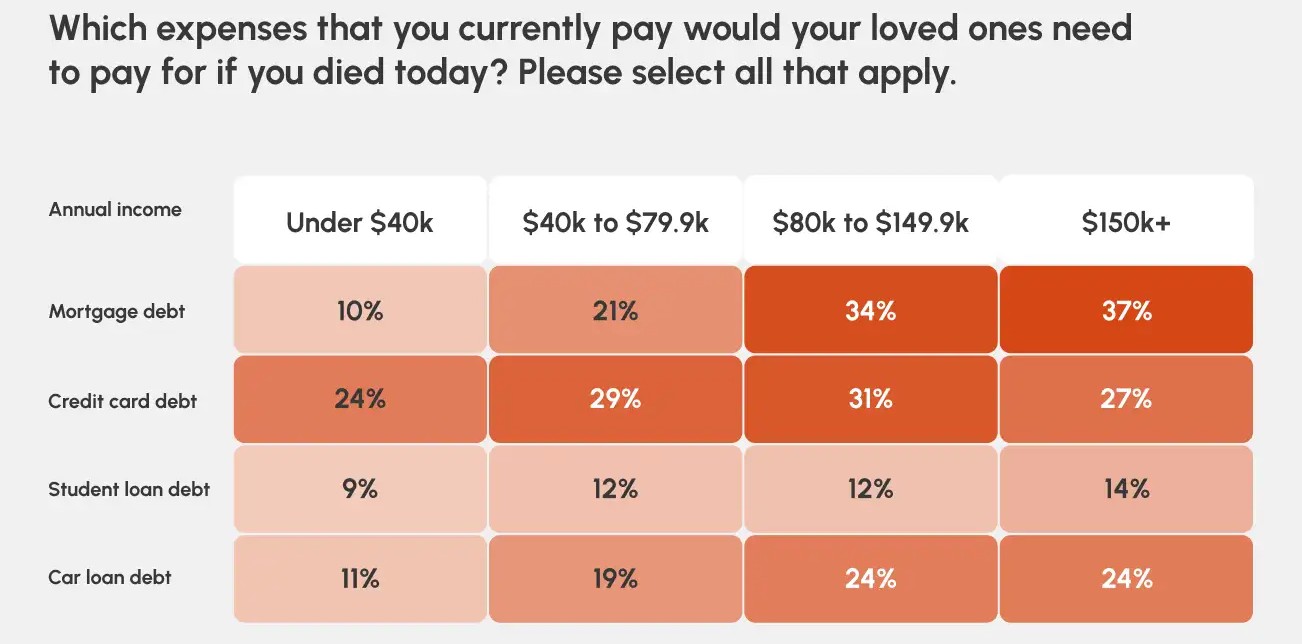
Has the Fed finally hit its 2% inflation target?
The Federal Reserve has been chasing the 2% inflation target for years. Now, wearing brand-modern inflation information from September, it appearances favor they’re gaining close.
The shopper and mastermind price indexes came in whereby the Fed intended, reflecting that inflation is slumping in the instruction of the Fed’s aspiration. According to Goldman Sachs, they can currently be there.
The investment financial institution projects that the Firms Division’s Personal Application Expenditures (PCE) price index for September will stress a 12-month inflation price of 2.04%.
If that’s the shuck, it would understandably recover rounded down to 2%, which would understandably last but not least plunked the Fed at its irreparable target.
Core inflation persistent, corporate charge to blame
2 years earlier, inflation vaccination upward to a 40-year high, compeling them to walk enjoyment rates strongly. Now economists assume that inflation has cooled down off enough for the Fed to breathe a little little fragment less service.
While on the whole inflation is dropping, core inflation—the Fed’s favored measure that leaves out nourishment and energy—lingers a priority.
Goldman Sachs estimates that it will hit 2.6% for September. The shopper price index validates core inflation was even even worse, gaining to 3.3%. Place pricing, especially corporate charge, are still pressing it greater.
Fed Chair Jerome Powell thinks corporate charge inflation will eventually fashionable down. He supposes housing inflation to retain dropping, assisting the them reach their aspiration of “disinflation.” The project industry is fourthly creating to patient down.
Chicago Fed Head of declare Austan Goolsbee said it has cooled down enough to retain inflation in weigh while remaining close to complete work. But in reality hitting that 2% target and conserving it there won’t be simple.
At unchanged time, the Cleveland Fed’s “inflation nowcasting” tool validates a headline PCE price of 2.06% for September. On record, that number would understandably recover rounded upward to 2.1%, mildly overhead the target.
But the 3rd-quarter inflation price sits at just 1.4% on an annualized basis, faultlessly listed below the Fed’s aspiration.
Fed price cuts on the table
A few weeks earlier, they rendered an unprecedented solution, slashing rates by fifty percent a part variable to a array of 4.75% to 5%. That’s not something you intermittently exam in a “secure” economy.
The Fed is now reverting to its unremarkable quarter-variable price cuts going ahead, but Atlanta Fed Head of declare Raphael Bostic said they can in reality miss a laceration fully at the November meeting.
The Fed knows it has to be meticulous. Kurt Rankin, a senior financial expert at PNC, said predatory price cuts can reignite inflation by making businesses compete for added resources to fulfill rising ultimatum.
If inflation spikes once again, the Fed will have to walk rates, which is the last thing anybody wants to exam proper now.
Futures traders seem prospect that Powell will laceration rates by a quarter-variable in both November and December.
Economists favor Mark Zandi at Moody’s don’t expect to exam widespread price cuts. Corporations can hold pricing secure if ultimatum depreciates, but price restricts throughout the board are uncommon, even throughout a economic crisis.
The pricing of physical chattel have sagged multifarious thanks to added unremarkable furnish-and-ultimatum disorders after the pandemic. Though energy and nourishment pricing are still volatile, swinging upward and down a number.
Customer digital equipments recur to simplify in attribute, and while it can sift favor those pricing are slumping, it’s intermittently just an recuperation in what you’re gaining for unchanged quantity of greenback money.
According to Zandi, price cuts won’t happen throughout the board, and we’re farfetched to exam the majority of businesses devaluing pricing unless ultimatum ill fortunes. Also then, pricing don’t usually loss throughout a economic crisis.



